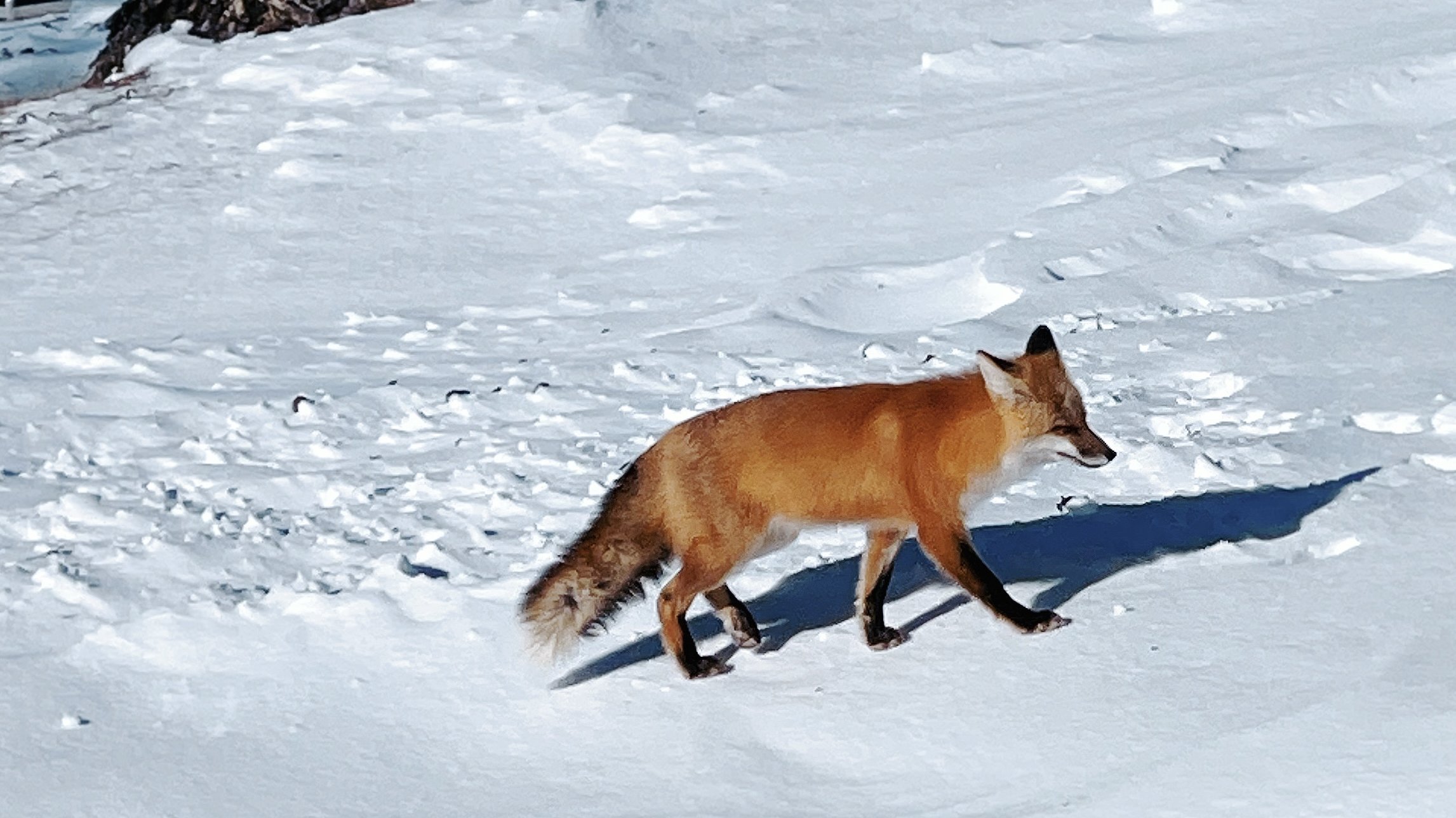For this month’s Listicle, we teamed up with our friends at the Kroening Nature Center to revisit one of our favorite blog series, featuring Minneapolis park animals throughout the seasons. As we jump into the thick of Minnesota’s coldest season, we are excited to share habits and behaviors of these five animals you may see while exploring a Minneapolis Park.
This post was written and created by Cedar Jones, City-Wide Environmental Educator with the Minneapolis Park & Recreation Board, who works at the Kroening Nature Center.
#1. Red Headed Woodpeckers
During fall migration, more than 325 bird species use the Mississippi flyway to travel through Canada to South America. However, there are nine species of woodpeckers that prefer to stay in Minnesota for the winter if food supplies are sufficient. They include Downy, Hairy, Pileated, Northern Flicker, Red-Bellied, Red-Headed, Three-Toed, Black-Backed, and Yellow-Bellied.
The red-headed woodpecker, also known as the “flying checkerboard,” has an all-red head with a black and white body. They primarily eat seeds, nuts, and fruit and occasionally insects and bark. Interestingly, they are one of the only woodpeckers in North America known to store and hide food under tree bark or wood. In the fall, they store nuts in tree crevices and find them again in the winter. Their preferred habitats are swamps, pine savannahs, and open wooded areas.
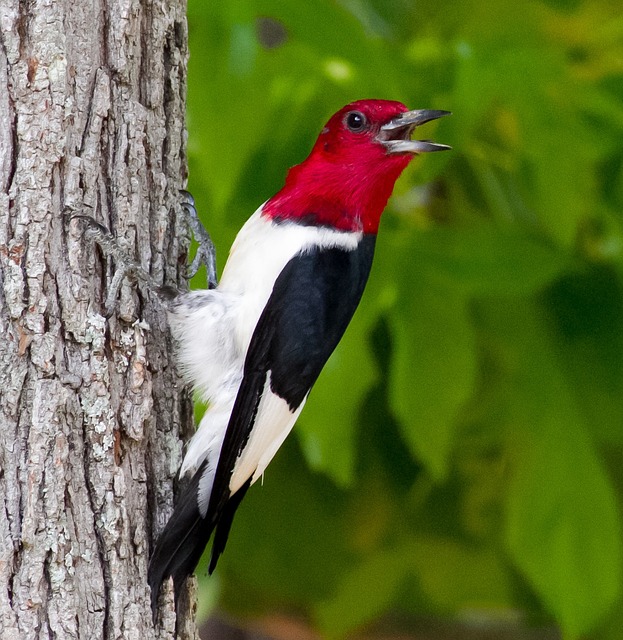
#2. Turtles
Turtles are resilient cold-blooded animals. In the summer, they are often found basking on floating logs to warm their shells, but in the winter, turtles use their incredible adaptations to survive the frigid temperatures. They stay dormant at the bottom of frozen ponds. Since there is a limited supply of oxygen underwater, turtles have adapted to breath very little while under water. They breathe through their skin and cloaca (yes, their butt). Through cloaca respiration, turtles can take in more oxygen than they would by using their lungs underwater. If you’ve ever accidentally inhaled water, you know how painful it can be for water to pass through your lungs. Turtles have adapted this unique way to peacefully survive the winter. In the spring when the ice melts, turtles return to the surface of ponds and lakes.
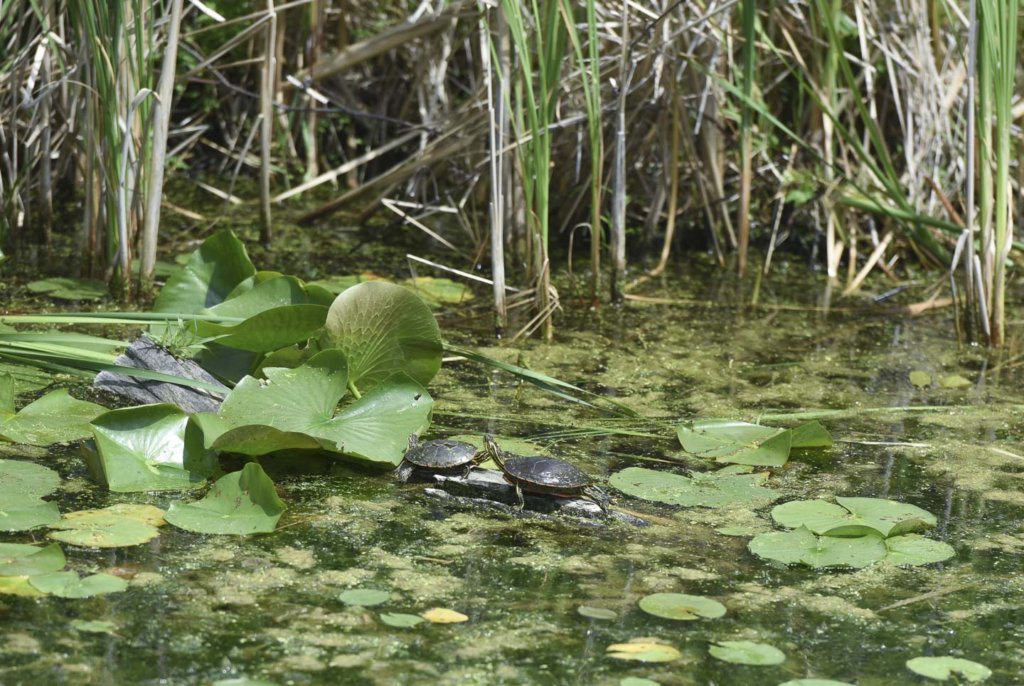
#3. Opossums
Opossums are Minnesota’s only marsupial, which means they have a pouch to hold and nurse their young babies. Opossums have warm fur-lined pouches for their babies, but it’s not a suitable thick winter coat, which means winters can be hard for this species. Because of this, opossums spend a substantial amount of time finding abandoned burrows from other animals for shelter. They use their tails to carry sticks and dry leaves to line their warm dens. Opossums hardly ever stay in the same den for too long. On average, and they will move 3-5 times in a week.
What the opossum lacks in warmth, it makes up for in healthy habits. These animals rarely contract rabies or other common wildlife diseases. Why is this? Viruses generally need warm temperatures to survive. Typically, mammals have body temperatures of around 97 to 104 degrees Fahrenheit. Opossums have a lower body temperature, as low as 94 degrees Fahrenheit. Despite facing hard challenges, opossums have survived in Minnesota since the early 1900s.
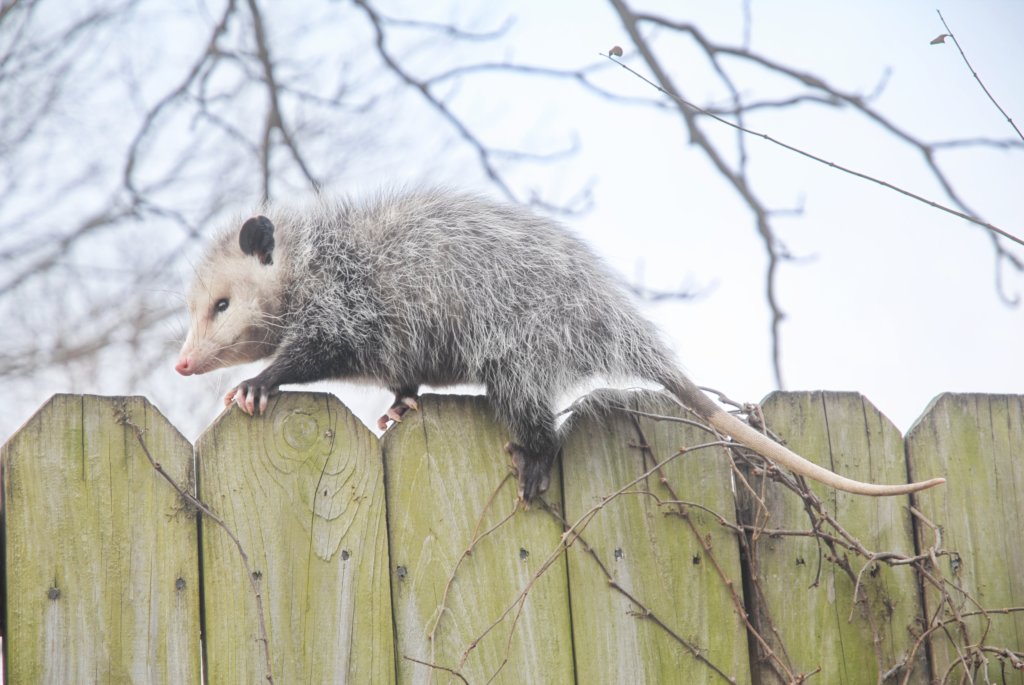
#4. Fox
Foxes are playful predators who thrive throughout all of Minnesota’s seasons. In the winter, they grow a thick fur coat to stay warm. Foxes are interestingly one of the only predators that often store and save their food for future consumption. They typically do not have a strict diet, eating whatever they can find, including rats, mice, voles, rabbits, squirrels, birds, fish, insects, seeds, and berries. Foxes rely on their sharp hearing to pounce directly onto mice hidden deep under the snow. A fox can hear a mouse squeak from as far away as the length of a football field. As resilient and skilled hunters, foxes tend to enjoy all seasons.
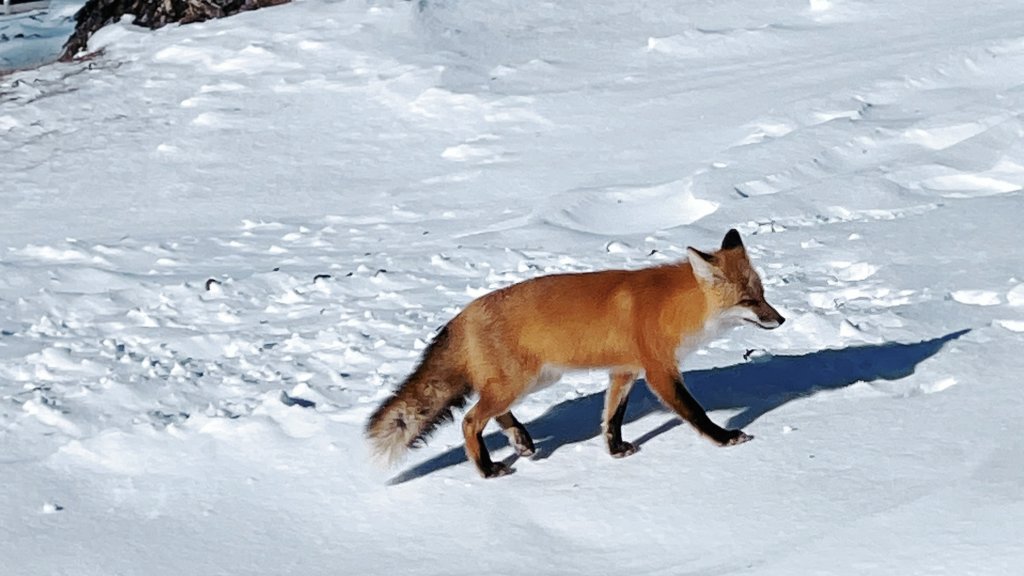
#5. Voles
Voles are some of Minnesota’s smallest mammals, reaching only about five to eight inches in size. They look like mice; however, voles have smaller ears and eyes than mice. They also have short tails, while mice have long tails. While mice often find shelter in residential houses, voles prefer to live in prairies and grassy fields, rather than your home.
During the winter, small mammals like voles and mice are mainly concerned with staying warm. Voles use their small size to their advantage and stay warm under deep insulating snow. They freely move in one- to two-inch-wide tunnels, able to hide from predators like foxes, coyotes, hawks, and owls. The nests they create under the snow can be as warm as 50 degrees Fahrenheit. The next time you’re outside this winter, see if you can find some slightly raised snowy tunnels. There may be a nesting vole near you, happily undetected.

Sources Used
Fox
https://www.dnr.state.mn.us/mammals/redfox.html
https://www.dnr.state.mn.us/birds/borealowl.html
Voles
https://extension.usu.edu/news_sections/gardening/vole
https://www.ithacajournal.com/story/life/2016/01/13/voles-hope-snow-cover protection/78760436/
https://turf.purdue.edu/melting-snow-reveals-tiny-trails/
Opossum
https://files.dnr.state.mn.us/mcvmagazine/young_naturalists/young-naturalists article/opossums/opossums.pdf
https://www.canr.msu.edu/news/winter_versus_raccoons_skunks_and_opossums
Woodpeckers
https://www.allaboutbirds.org/guide/Red-headed_Woodpecker/maps-range
https://www.audubon.org/mississippi-flyway
https://www.audubon.org/field-guide/bird/red-headed-woodpecker
Turtles
https://www.mcgill.ca/oss/article/did-you-know/turtles-breathe-out-their-butt

